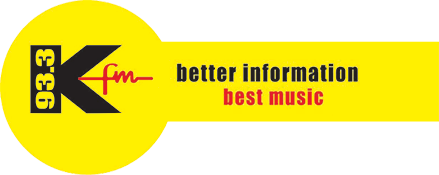By Xinhua
In a classroom in Harare, Gerald Hara, a sign language teacher delivers a sign language lesson to a group of students who eagerly follows his instructions.
The small size of the class enables Hara to give more individual attention to each student’s particular needs, at the same time fostering better communication between the teacher and the students. To ensure that communication remained uninterrupted as sign language is a visual language, Hara and his students donned special transparent face masks.
Hara is a sign language interpreter and teacher at Harare-based Sunrise Sign Language Academy (SSLA), a non-profit organization that aims to bridge the communication gap faced by the deaf. The youthful teacher noted that while mask-wearing and social distancing are imperative in defeating the pandemic, such infection control measures are getting in the way of communication for the deaf and hard of hearing.
Reading a person’s lips and seeing facial expressions are imperative for those who rely on visual communication such as sign language or lip-reading, Hara noted. To plug the communication gap, SSLA has come up with initiatives such as the use of transparent face masks and holding awareness campaigns about the pandemic targeting people with hearing impairments.
The transparent masks, made with a double layer of fabric and a plastic sheet, have become handy for those with hearing impairments. Asides from protecting them from the contagious coronavirus, the masks are also keeping communication channels open. Hara said COVID-19 has increased the communication barriers faced by the deaf. “By being hearing impaired already there is a challenge in communication and expression of their feelings, wants and needs, but during COVID it became worse because now when the first mask came it actually dampened their communication more. “And now the introduction of this mask (transparent mask) it kind of liberated them to come back to the ordinary set-up of communication which shows lip-reading, which is a crucial part of their communication pattern,” Hara said. He noted that communication using sign language or lip reading relies on seeing someone’s face clearly to understand their facial expressions or other non-verbal cues. “For example, if I am happy, they can see, but if I am using the other previous mask, I can’t show the facial expressions and question markers like ‘What?’ ‘Where’, but now you can see because I am wearing the correct one, so that has been a great deal for communication for the hearing impaired community in Zimbabwe,” said the sign language teacher.
In Zimbabwe face masks are mandatory in all public spaces, and violators can be fined up to 500 Zimbabwean dollars (about 6 U.S. dollars). While access to information is the first line of defense in battling the global pandemic, getting information to the deaf can be tricky. Douglas Mapeta, chairman and founder of SSLA, said for the general public information about the pandemic is widespread, but not enough has been done to make it available to the deaf in mediums easily accessible to them.
Tawanda Matende, a sign language lecturer at the University of Zimbabwe’s Department of Languages, Literature and Culture, said it’s crucial to involve sign language in all national discourses since it is a fully-fledged language just like any other spoken language. “So sign language is not an exception in as far as national development is concerned, in as far as combating the virus, in as far as issues to do with vaccination,” Matende said.
Sign language is one of Zimbabwe’s 16 official languages and all public documents are required to be available in all languages. However, the lack of codification for Zimbabwean Sign Language means the deaf community is largely left out in many national conversations.








